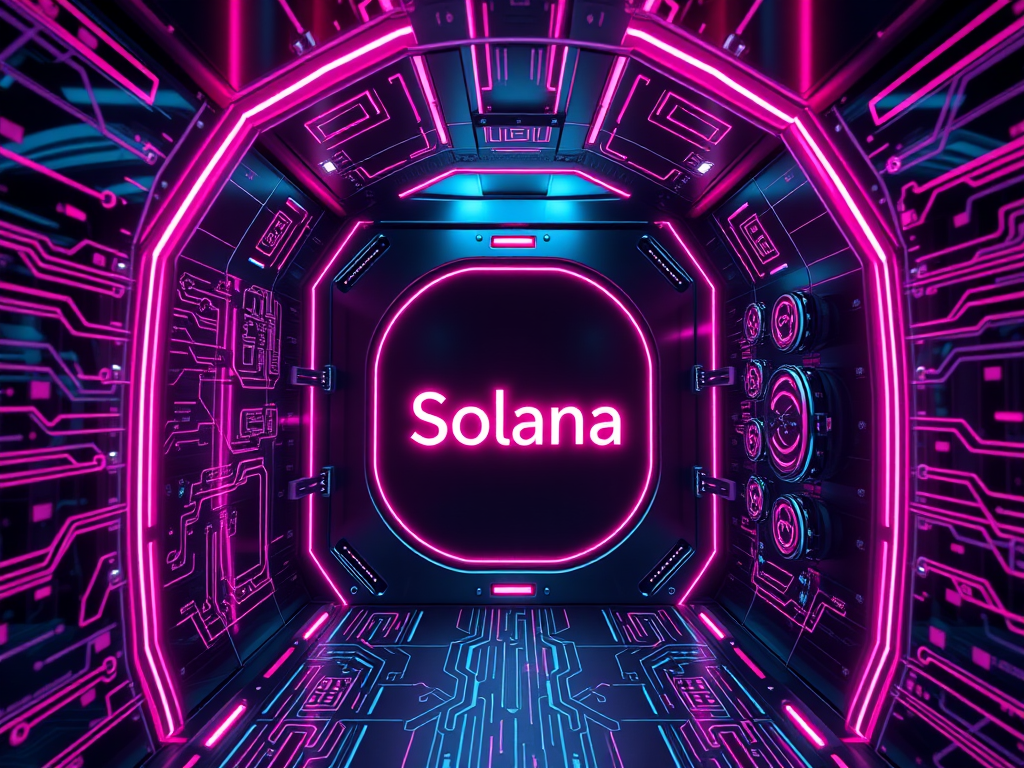Key Points
- Dean Little unveils a groundbreaking Winternitz-based vault system for Solana that provides quantum computing resistance through one-time signatures and truncated Keccak256 hashing, offering 224-bit preimage resistance.
- The vault implements a novel split mechanism that enables secure fund transfers between vaults while maintaining an unbroken chain of quantum-resistant cryptography, crucial for long-term asset security.
Revolutionary Quantum Security Meets Blockchain Efficiency
Zeus Network’s chief scientist Dean Little has introduced a cutting-edge quantum-resistant vault system for the Solana blockchain, marking a significant advancement in cryptocurrency security. The Solana Winternitz Vault leverages sophisticated cryptographic techniques to protect digital assets against potential threats from quantum computing while working within Solana’s strict computational constraints.
Technical Innovation Drives Security Forward
The vault’s architecture centers around Winternitz One-Time Signatures (WOTS), combined with a truncated Keccak256 hash function that provides 224-bit preimage resistance. This approach maintains robust security against quantum threats, including Grover’s algorithm, while conforming to Solana’s instruction limits. Little’s implementation notably uses the full 256-bit hash for Program-Derived Address (PDA) generation, maximizing security at critical junctures.
Smart Design Tackles Single-Use Signature Challenge
One of the most innovative aspects of Little’s design is its solution to the inherent limitations of Winternitz signatures, which can only be used once safely. The vault implements a sophisticated splitting mechanism that allows users to transfer funds between new vaults while maintaining quantum resistance throughout the process. This approach ensures that approximately 50% of the private key revealed during each signature doesn’t compromise security, as funds are immediately moved to newly generated vaults.
“While the original Winternitz scheme uses untruncated Sha256 hashes, Keccak’s superior resistance to length-extension attacks makes it the optimal choice for this truncated implementation,” Little explains in the technical documentation. The system demonstrates how careful optimization can achieve quantum resistance while working within blockchain performance constraints.
The development represents a significant step forward in preparing blockchain infrastructure for the quantum computing era, offering a practical solution that balances security needs with current technological limitations.








